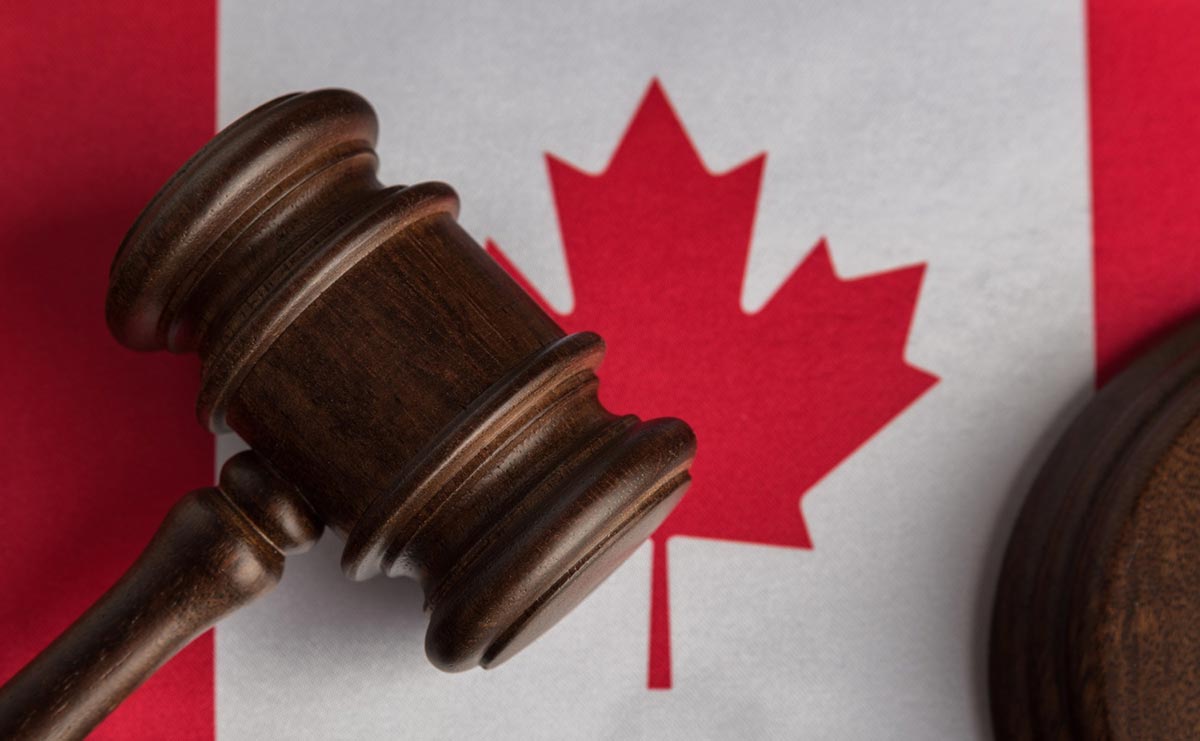FSRA | SABS Forms – Treatment Confirmation Form (OCF-23)
Treatment Confirmation Form (OCF-23) – SABS
The Treatment Confirmation Form (OCF-23) is a document used in Ontario for verifying and approving treatments related to automobile accidents occurring on or after September 1, 2010. This form is essential for initiating and confirming the treatment process under the Minor Injury Guideline. It requires detailed information from both the applicant (patient) and the initiating health practitioner.
The form ensures that all necessary information is collected to facilitate the treatment process, maintain compliance with applicable privacy legislation, and prevent fraud. It is submitted to the insurer for approval and processing.
Follow these steps to ensure the form is completed accurately and comprehensively.
Section-by-Section Guide
- Applicant Information
- Date of Birth: Enter your date of birth in the format YYYYMMDD.
- Gender: Check the appropriate box (Male or Female).
- Telephone Number: Provide your phone number, including the extension if applicable.
- Last Name: Enter your surname.
- First Name: Enter your given name.
- Middle Name: Provide your middle name, if applicable (optional).
- Address: Fill in your complete address, including city, province, and postal code.
- Insurance Company Information
-
- Company Name: Enter the name of your insurance company.
- City or Town of Branch Office: If applicable, provide the location of your insurance branch office.
- Adjuster Last Name and First Name: Provide the name of your insurance adjuster.
- Adjuster Telephone: Include the adjuster’s phone number and extension.
- Adjuster Fax: If available, provide the adjuster’s fax number.
- Policy Holder Information: If different from the applicant, provide the policy holder’s last name and first name.
- Other Insurance Information
-
- Other Insurance Coverage: Indicate if there is other insurance coverage for any goods and services listed in this form.
- MOH Coverage: Specify if there is Ministry of Health and Long-Term Care coverage.
- Other Insurer Information: Provide details of any other insurer, including name, policy number, plan member name, and identifier.
- Signature of Initiating Health Practitioner
-
- Health Practitioner Information: The health practitioner must print their name, college registration number, facility name, HCAI facility registry number, and FSCO license number if applicable.
- Service Address: Include the complete address of the health practitioner’s facility.
- Telephone, Fax, and Email: Provide the contact details of the health practitioner.
- Consent: The health practitioner should confirm that they have collected and disclosed information with proper consent and sign the form.
- Injury and Sequelae Information
-
- Description and Codes: List the most significant injuries and their associated ICD-10-CA codes resulting from the automobile accident.
- Prior and Concurrent Conditions
-
- Employment Status: Indicate if the applicant was employed at the time of the accident.
- Pre-existing Conditions: Specify any pre-existing conditions or injuries and detail any treatment or investigation undertaken in the past year.
- Barriers to Recovery
-
- Recovery Barriers: Identify any barriers to recovery that may affect the treatment’s success and provide an explanation if applicable.
- Direct Payment Assignment by Applicant
-
- Payment Direction: The applicant can authorize the insurer to pay the licensed service provider directly for approved goods and services not covered by other insurance.
- Signature of Applicant
-
- Review and Consent: The applicant must review the form, agree with the proposed treatment, and provide their signature. This section also includes an acknowledgment of the consent to share personal information between the health practitioner and insurer.
- Guideline Services and Insurer Signature
-
- Fee Estimates: Provide estimated fees for services under the Minor Injury Guideline and any supplementary goods and services.
- Attachments: Indicate if there are any attachments and send them directly to the insurer.
- Insurer’s Approval: The insurer’s adjuster reviews, approves, and signs the form.
Important Tips
- Accuracy: Ensure all fields are accurately and completely filled out.
- Consent: Verify that proper consent has been obtained for all information provided.
- Attachments: Ensure any required attachments are included and sent to the insurer.
- Signatures: Make sure all necessary signatures are obtained from both the applicant and the health practitioner.
By following these steps, you can ensure the Treatment Confirmation Form (OCF-23) is properly completed, facilitating the approval and processing of your treatment plan.
Disclaimer: This guide is provided for informational purposes only and is not intended as legal advice. You should consult the Residential Tenancies Act or a legal professional.




